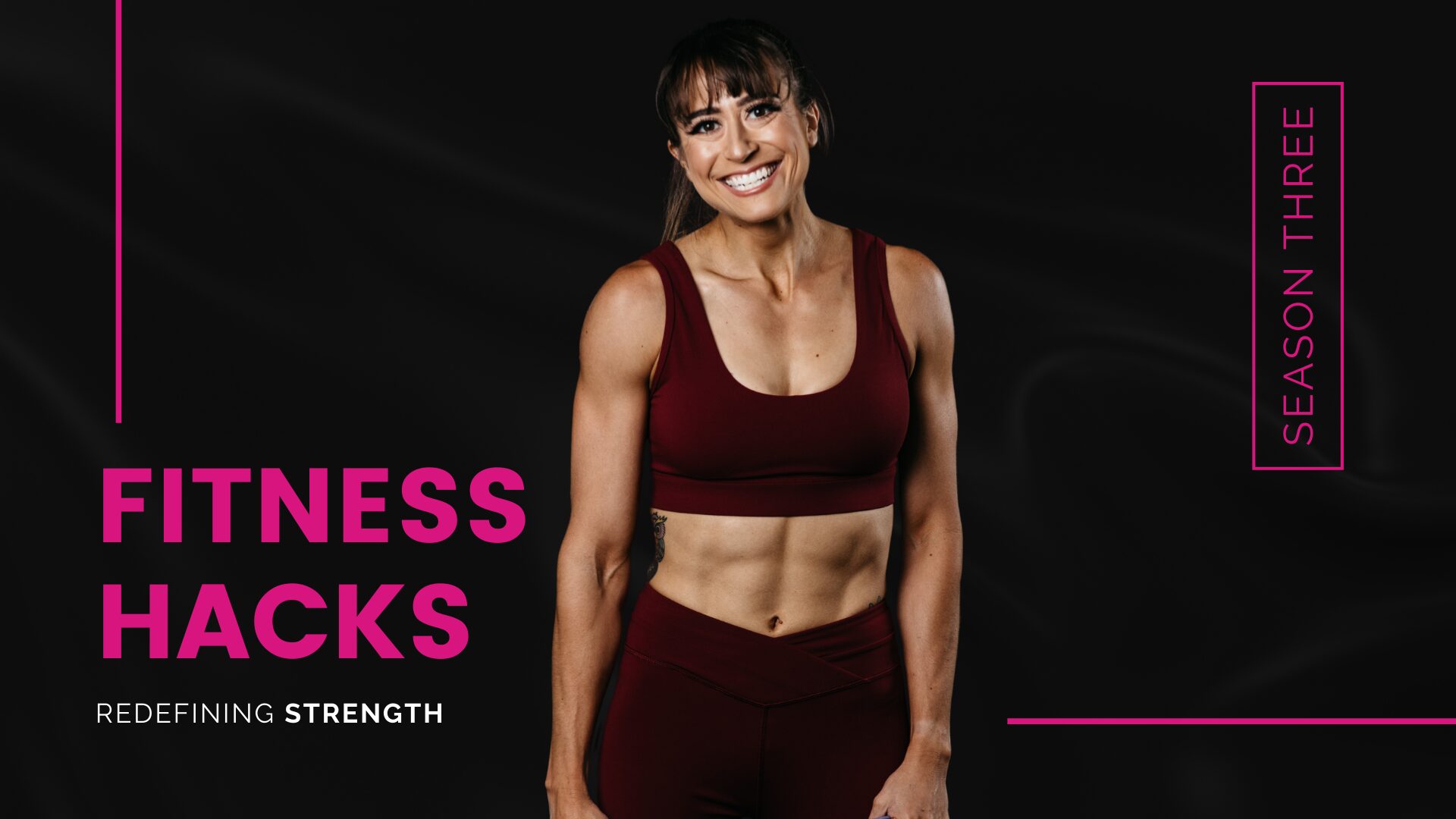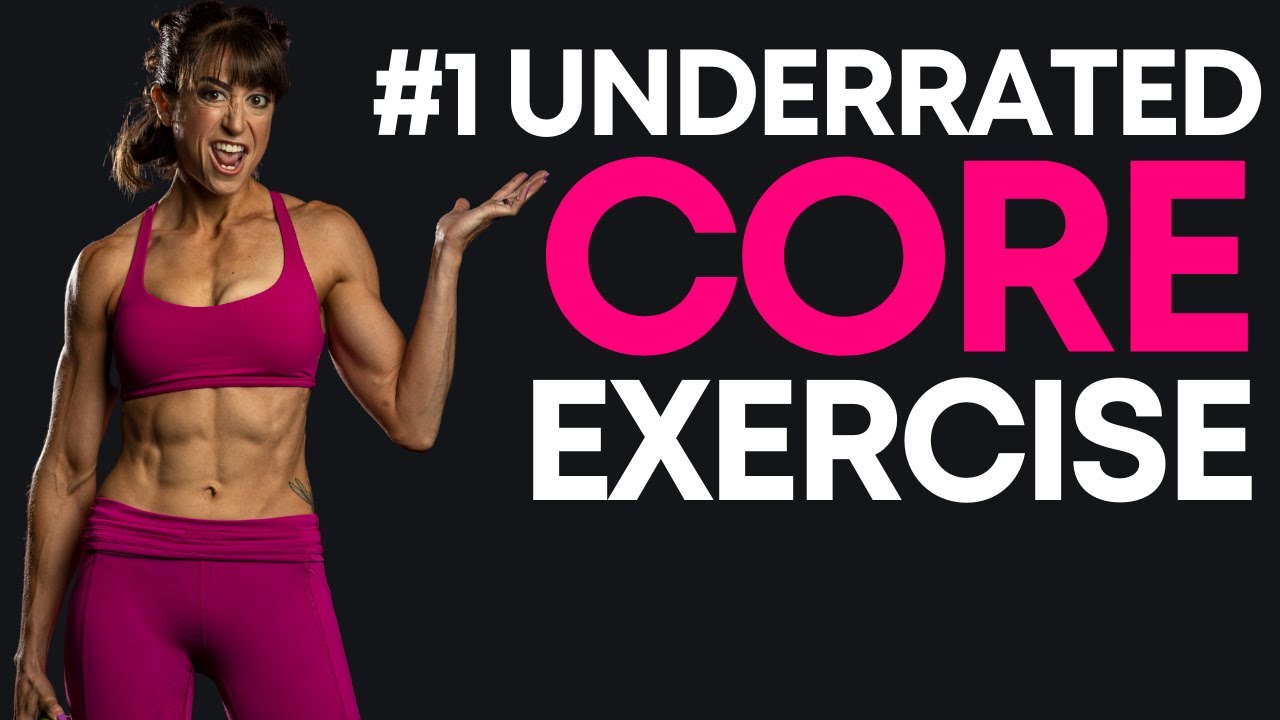
What Is The Best kind Of CARDIO For Fat Loss?
Cardio is often the most misused fat loss tool. And your exact level of leanness may impact how you implement cardio in your training routine.
For instance, if you’re super lean with your macros and strength training routine all dialed in, but struggling to break through a plateau and get rid of that last little stubborn bit of fat, you may benefit from some low-intensity steady state cardio AFTER your strength workouts.
This can be done in the form of walking or riding…
SPONSORSHIP:
To keep my indoor low intensity rides interesting, I love the RENPHO AI Bike.
Unlike simpler spin bikes, RENPHO AI Bike has a freewheel design that lets you coast along smoothly as if you are riding your traditional outdoor bicycle.
Each of your family member can even connect their AI Gym app to the RENPHO AI-Powered Bike and create individual profiles to track their own progress privately.
You can join classes with professional riders with the FREE AI Gym membership and take scenic rides alongside other users for those times you can’t hit the road.
And if you’re a data nerd like me, you can sync the bike with Apple Health and Google Fit to track your results. It’s also compatible with Apple Watch & ANT+ heart rate monitors.
It’s a great way to get in a cardio workout any time you need from the comfort of your own home whether you need to do interval work, intense steady state cardio, tempo training or even include that low intensity post workout cardio to help you bust through a plateau and reach that new level of leanness.
END SPONSORSHIP:
But before I dive more into using that steady state cardio at the end of your training, and other upsides and downsides to different types of cardio for fat loss, I want to discuss the “myth” of the Fat Burning Zone.
The Myth Of The Fat Burning Zone
First off, what is this supposed fat burning zone?
When you do cardio in that lower-intensity, steady state range or that 55-70% max heart rate zone, you’re supposedly in the Fat Burning Zone.
But this name is kind of misleading.
There is not some magical heart rate zone where you ONLY burn fat as fuel.
But this became the name of that lower intensity heart rate zone because, 50% of the calories burned during a session can come from fat whereas at higher intensities that number may only be about 35% of total calories burned.
So yes, “technically” you do burn more calories from fat at that lower intensity…
However, you’re also burning fewer calories during that same length of time.
That’s why a higher intensity session may ultimately lead to more fat burned during the same workout duration.
A higher intensity session means more calories burned. And while only 35% of the total calories burned may come from fat, that could still overall more fat burned in the same length session.
So while using lower intensity cardio sessions may be a great way to achieve body recomposition it isn’t because you’re staying in some magical fat burning zone.
Now let’s talk about how you can use this steady state cardio to achieve some fabulous body recomposition results.
Really quick before I do though, I feel the need to mention that, honestly, too often we turn to cardio to try to rush those results.
However, there is no out exercising or out dieting time.
Strength training may be even more key for fat loss because it aids in muscle growth and retention which helps us avoid the metabolic adaptions often associated with losing weight. By retaining lean muscle mass, we burn more calories at rest and will ultimately look leaner as we lose fat.
Not to mention we can design our strength routines to still work a diversity of energy systems to maintain our overall cardiovascular health.
That being said, it’s never bad to know how to use every tool in your toolbox to create a routine that you ENJOY that matches your specific needs and goals.
So…What is the best type of cardio for fat loss?
Low intensity steady state cardio!
When I’m talking about lower intensity steady state cardio here, I’m talking about cardio that allows you to talk as you perform it.
You aren’t trying to crush yourself with this form of cardio training.
Actually the exact opposite.
You are riding, walking or rowing at an intensity you feel like you can do for extended periods of time with no real strain.
So how can this “easy” form of cardio be better than running or even HIIT?
While running or riding hard for a longer period of time may burn more calorie and therefore more fat during each session, it can also be catabolic to muscle tissue and fight against your body recomposition goals.
Not to mention over time your body adapts and becomes more efficient, which is great for performance but not so great in terms of trying to burn more calories during your training session. So you actually burn fewer calories over time during these same training sessions.
You also have to be careful with these intense sessions and schedule them correctly around your strength workouts so they don’t hinder your results.
Same actually goes for high intensity interval training sessions.
While there are a ton of different interval designs you can use to work different energy systems, these quick and efficient workouts will drain you.
They are often touted for their effectiveness for weight loss because you can create a calorie burn equal to those longer steady state sessions BUT in less time.
And they can be fun for those that get bored with steady state cardio since you can use a diversity of moves.
They’ve even been recommended for fat loss because of the “after burn” they create.
The After Burn is technically called EPOC or excess post-exercise oxygen consumption.
Basically…The harder you workout the more your body has to work to recover or return to homeostasis after and the more energy we have to expend during the recovery process to return to our resting state.
This means we continue to burn calories even AFTER the workout is over. Hence the name AFTER BURN.
But far too often we really overestimate the calories burned from the after burn. And we would see far more benefit from building muscle with strength training.
This is all why, if you’re looking to tweak your routine and expedite those results, the best cardio to include specifically for fat loss is low intensity cardio session.
Casual cardio that’s almost relaxing in a way.
These sessions are easy to add in without hurting your strength training sessions. And they allow you to ADD in this extra movement during the day to help avoid metabolic adaptations and increase your daily energy expenditure.
They won’t fight against your muscle gains either.
AND they may even help you “spot reduce” those stubborn areas.
Now note, this is NOT a magic pill nor a quick fix. So if you’ve every heard you can’t spot reduce, that is basically true.
But there have been some interesting studies showing that low intensity steady state cardio AFTER a training session working those stubborn areas with that last little bit of stubborn fat CAN help you with fat loss or spot lipolysis.
It’s key to note that this will benefit you most when your diet and exercise routine are fully dialed in and you’re trying to break through that plateau to lose that last little bit from those stubborn areas.
So why or how does it work?
You mobilize more fatty acids from tissues surrounding the muscles worked. So if say you have that last little bit of stubborn belly fat, you may choose to work your abs at the end of your strength session to mobilize those fatty acids.
Then by including that low intensity cardio after you’ll utilize those mobilized fatty acids.
Basically, the studies showed you burned the fat from those surrounding tissues!
And because this cardio isn’t super intense, you won’t drain your energy stores further to hinder you from training hard in your next strength session, which is key to allowing you to build lean muscle to only improve your body recomposition results.
Not to mention this lower intensity cardio won’t put you at risk for as much muscle loss as that higher intensity steady state training would.
So if you’re looking to keep your metabolic rate higher, utilize spot reduction or spot lipolysis as much as possible and allow yourself to work hard during your strength session to lose fat as fast as possible, include these low intensity steady state cardio sessions in your routine a few times a week AFTER your strength workouts.
Ready to dial in your diet AND your workouts to get the best results as fast as possible?
Check out my 3-Part RS Formula…




